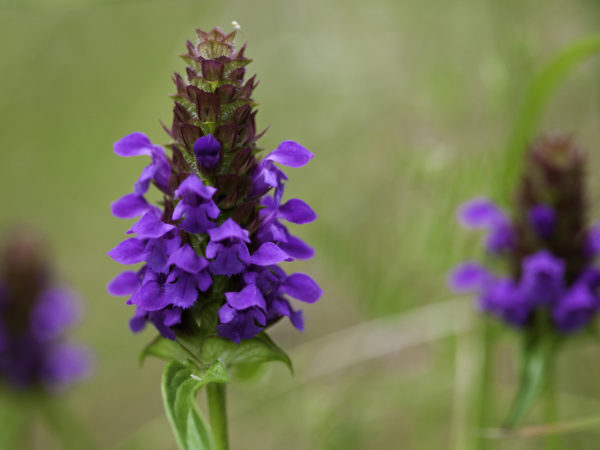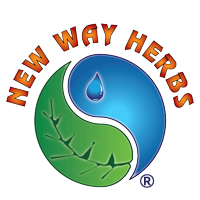Speed the Healing With Self Heal


Self Heal (Prunella vulgaris) is a remarkably delicate and beautiful herb that is packed full with potent healing powers, yet has little potential to create drug/allergy interaction issues, or require limited use. As an astringent, Self Heal has an anti-bacterial action, inhibiting the growth of Pseudomonas, Bacillus typhi, E. coli, Mycobacterium tuberculi and other bacteria. It and has been effective in controlling both internal and external bleeding. And while there are many powerful herbs that can fight infections and heal wounds, some of them can be stressful to the liver if taken too long.
Self Heal is used globally, by Native Americans, Europeans, and all across Asia. The English botanist, John Gerard, whose 1,484-page illustrated book, Herball, was first published in 1597, said that no herb equals Self Heal for healing wounds, and a whole host of other maladies. His writings became the most prevalent English botany resource of the 17th century and his praise for this small but mighty herb opened up a plethora of uses because of the potency of Self Heal.
Self Heal is also considered to be an antibiotic and antiseptic and is used externally in gargles to relieve sore throat and ulcerated mouth, and to stopping infection from spreading. It can also speed the healing of wounds, cuts, bruises, burns, ulcers and sores, and to reduce scarring. In Traditional Chinese Medicine it has been used as a liver and gallbladder stimulant and to treat conjunctivitis, hypertension and headaches, fevers and other disorders. Self Heal also addresses ulcerative colitis, IBS, Crohn’s, and the long term effects of NSAID (Nonsteroidal anti-inflammatory drugs) use.
While Nettle is a common go to herb for allergies, it is not the only plant that can get you through the allergy season. A blend of Nettle, Goldenrod, Marshmallow root and Self Heal offers an amazing formula to stem the effects of seasonal allergies.
Self Heal is one of the more widely studied herbs and its applications are virtually unlimited, ranging from thyroid problems to conjunctivitis to tuberculosis to arthritis to cancer. But wait, there’s more. The herb has been studied and used as an anti-inflammatory, painkiller, gingivitis, osteoarthritis, HIV, herpes, (especially when blended with lemon balm) diabetes, high blood pressure, tuberculosis and endometriosis. Similarly to Elderberry, research shows that Self Heal prevents a virus from replicating, making this plant a go to herb at the first sign of a cold sore or other herpes outbreak
Self Heal can also be used swollen lymph nodes, both topically and internally, mastitis and lymphedema, that sometimes occurs after mastectomy.
Self Heal has no reported pharmaceutical interactions (other than blood thinners which must always be considered), which means you can still use this herb, even if you are on antibiotics, Many studies have shown that combining herbs with biofilm disrupting actions of antibiotics can actually make them more effective, with the added bonus of lymphatic stimulation to clean up the aftermath.
Finally, the purpose it was named for, Self Heal, makes this herb a resource to draw out infection and stimulate healing, both topically and internally, to address wounds, burns, ulcers and internal damage and to staunch the flow of blood with styptic actions. From washing the wound to preventing infection, to growing healthy new skin cells and healing your GI tract (your GI tract is made of the same type of cells your skin is), this herb can take you through the healing process.

Comments are closed here.